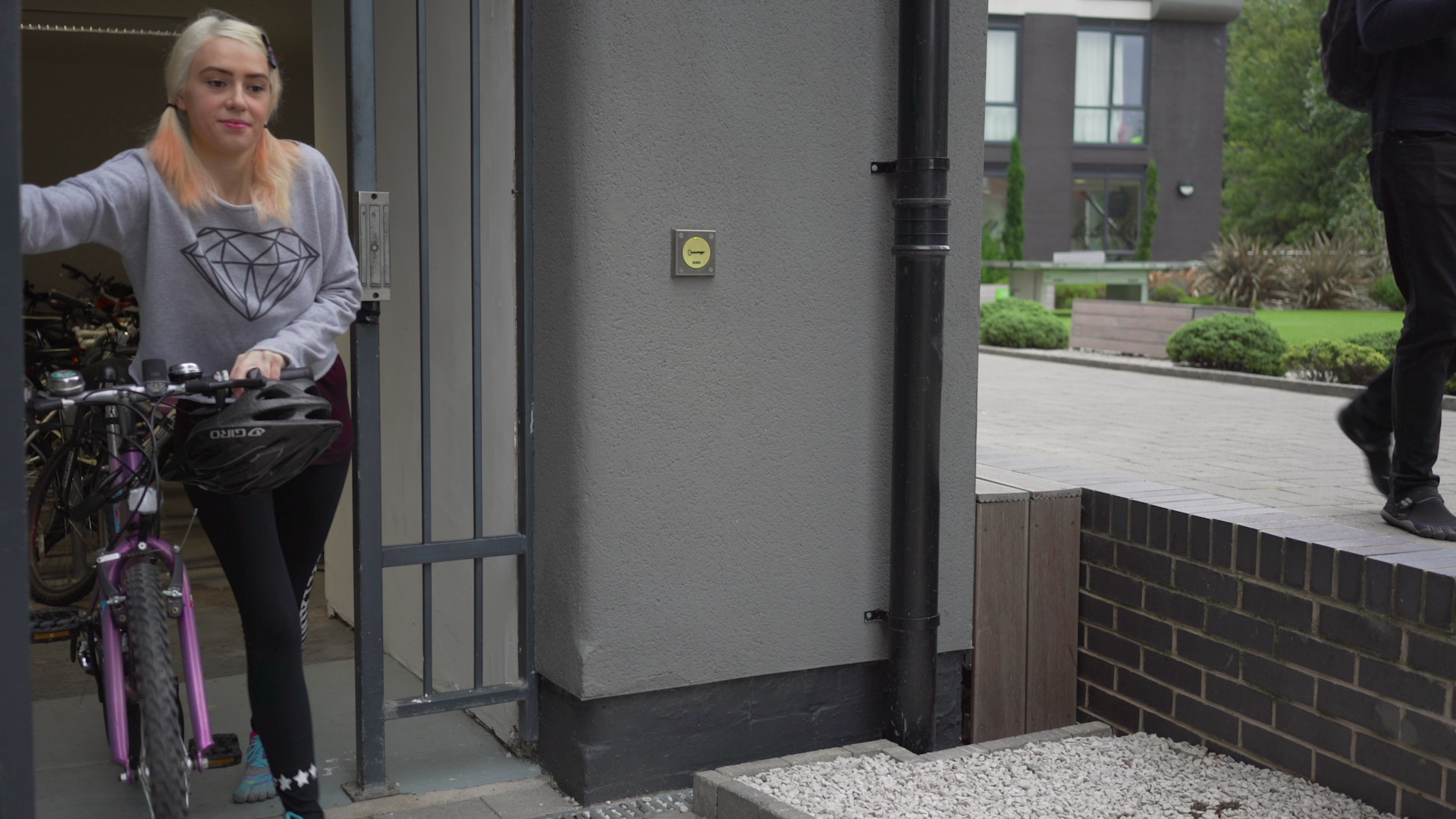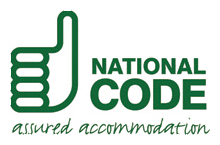With the weather due to take a turn for the better very soon it is the perfect opportunity to get on your bike and make the most of the surrounding areas.
If you are a new cyclist, you can follow some of We Are Cycling UK’s tips for getting started:
Before you go for a bike ride
Pump your tyres to the right pressure
Possibly the simplest aspect of bike maintenance is having your tyres pumped to the right pressure. What is the right pressure? That’s simple, too – it’s written on the sidewall of your tyres, just take a look. You’ll notice the tyre manufacture has a recommended range rather than one absolute pressure. That’s so you can adjust the tyre pressures according to the conditions. If you’re going somewhere that might be damp and slippy, don’t pump your tyres up too hard. If it’s dry and you want to ride as efficiently as possible fill them up.
Get your saddle height and riding position just right
Ideally, you need your saddle height set so there is a very slight kink at your knee when your foot is at the bottom of the pedal stroke. Then get your position on the bike right, too. A very simple rule of thumb is, when in your typical riding posture you want the handlebar obscuring your view of the front wheel hub.
Dress for the conditions
‘There’s no such thing as the wrong weather, just the wrong clothes,’ so the old cycling adage goes and, most of the time, that’s quite true. Weather can change quickly so discover the art of layering your clothes so you can take cool down or warm up quickly.
What to take on a bike ride
Take water and food
There’s no worse feeling on a bike than dehydration or complete energy depletion, so take fluid and some ride rations with you. Snacks like a banana, flapjack or jelly babies (for a quick burst of sugar) will help refuel you.
Padded shorts
New cyclists often think they need huge padded saddles to protect their posterior but that’s really not the case. A good pair of padded cycling shorts will give you enough comfort to survive initial rides, and you can build up time and distance as your tolerance allows. There’s no need to wear underwear underneath padded shorts, as they may rub and give you saddle sores.
Cycling gloves and mitts
One thing new riders often don’t think about, though, is their hands. These can fatigue quite quickly, so a good pair of padded gloves or mitts will do wonders.
Take a lock and lights (just in case)
Even if you only plan to pop out for an hour or two, if there’s any chance you might be delayed beyond dusk, have a set of lights fitted to your bike. By the same token, carrying a lock comes in handy for any unplanned corner-shop visits or even café stops. Never believe your bike is safe, even if you leave it unattended for just a moment.
Have a saddlepack with tools, spares and cash
A few choice tools and a spare inner tube in a saddlepack or saddlebag will help you cope with common mid-ride problems. A multi-tool with a range of bits should let you adjust most mechanical components; a chain tool will help you put a broken chain back together; and of course you’ll need some tyre levers, puncture repair kit/spare inner tube and mini-pump. We think it’s handy to have some emergency cash and a card too.
What to do on a bike ride
Learn to use your gears
Gears are there to make your life easier but not everybody understands how they work. As you cycle more, start to recognise how changing gears either makes you work harder and go faster, or spin easier but move slower. The ultimate goal is to use your gears to keep up a steady rhythm.
Pedal at a steady rhythm
When cycling you neither want to be spinning your legs like crazy nor straining to push the pedals. Ideally, you want a pedalling speed or ‘cadence’ at about 70-90 revolutions per minute. This will work your cardiovascular, aerobic system – which is more efficient more than your muscular, anaerobic system – and will improve your endurance and all-round health. Work out what 70-90 rpm pedalling feels like then use your gears to maintain it.
Be confident on the road
New riders often think the safest thing is to hide as far to the side of the road as possible near the curb, but this very, very wrong. Other road users might not see you or will try to squeeze past when there’s not enough room. Assume a confident position on the road, ride a good 1m from the kerb, and assert your right to use the carriageway. Our video on road positioning should help.
Learn to corner properly – inside pedal up
As you cycle more, you’ll discover lots about riding technique but here’s one easy tip to get you started: when you take a corner, lift the inside pedal so it’s at the top of your pedal stroke. That way, when you lean into the corner, the pedal won’t hit the ground.
Treat other road users with care
Cycling teaches you a lot about how people (including you) drive. It’s worth appreciating that other road users do make mistakes and remember: even if you think a driver or pedestrian has seen you, don’t take anything for granted.
Embrace exploration
One of the great things about cycling, especially if you’re using a bike with some multi-terrain ability, is that you can go almost anywhere you fancy. If you see a lane and you’re not sure where it leads, ride down it and find out.
What do when you get back from a bike ride
Clean your bike
Just as bike maintenance is surprisingly simple, bike cleaning requires nothing much more than a bit of time and some elbow grease (as well as more dedicated lubricants). Read our guide to cleaning your bike.
Lock your bike up
It can take thieves as little as few seconds to cut through some locks, so use two good quality locks, at least one of which is a D-lock. Ensure you lock the frame and both wheels to the cycle parking stand and be sure to secure your bike as close to the stand as possible to give any thieves little or no room to manoeuvre.
Take parts that are easy to remove with you. Or use locking skewers or nuts which can increase security by securing the bike’s components to the frame permanently, making it difficult for thieves to steal detachable parts. Lock your bike at recognised secure cycle parking. It should be well lit and covered by CCTV.
Be proud of what you have achieved
Apps such as Strava, MapMyRide, a fitness watch or activity monitor or just your smartphone will help you keep a record of where you’ve cycled and how many miles you’ve racked up, without having to manually log it all in a training book. It can be a great way to encourage you to keep going.



